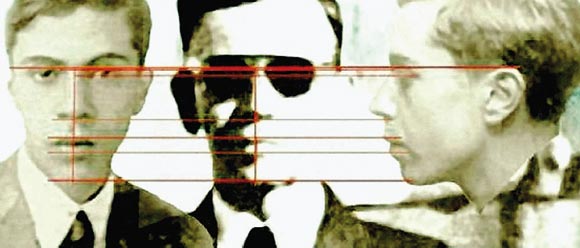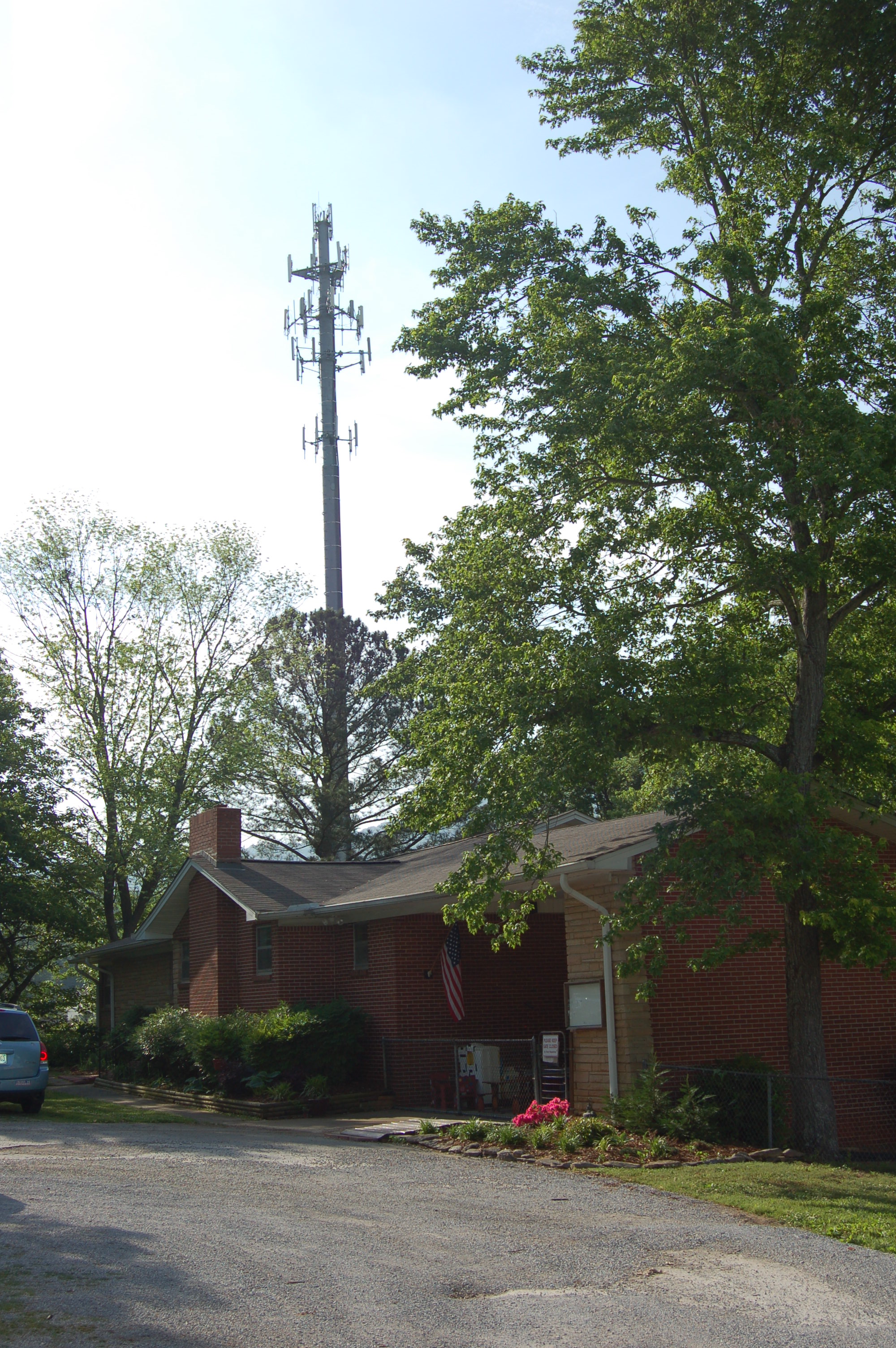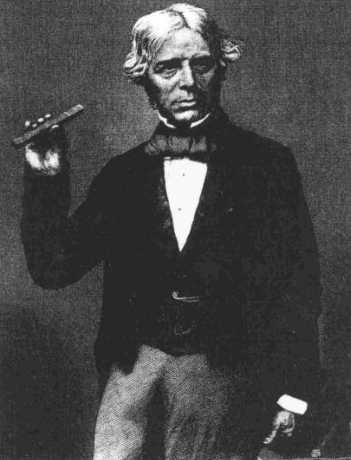![Ettore Majorana By Unknown (Mondadori Publishers) - [1] [2], Public Domain, https://commons.wikimedia.org/w/index.php?curid=25465979](https://aetherczar.com/wp-content/uploads/Ettore_Majorana.jpg)
He was one of the greatest physicists of the 20th century. Enrico Fermi, the Italian physicist who created the very first nuclear reactor noted:
“There are several categories of scientists in the world; those of second or third rank do their best but never get very far. Then there is the first rank, those who make important discoveries, fundamental to scientific progress. But then there are the geniuses, like Galilei and Newton. Majorana was one of these.”
Ettore Majorana, born 1906, was a young colleague of Enrico Fermi in pre-World War II Rome. Laura Fermi, wife of Enrico Fermi, wrote Atoms in the Family, a memoir of her life with Enrico. Her first-hand description of Majorana offers an excellent glimpse into this reclusive yet fascinating character.
“Majorana was a genius, a prodigy in arithmetic, a portent of insight and thinking power, the most profound and critical mind at the physics building. Nobody bothered to use a slide rule or to write down numerical calculations if Majorana was available.
“Ettore,” will you tell me the logarithm of 1538?” one would ask. Or “How much is the square root of 243 by 578 cubed?”
“Once he and Fermi had a race: Fermi worked with pencil, paper, and a slide rule; Majorana with his mind and nothing else. They came out even.
“But Majorana was a strange person, an introvert, shy of everyone. In the morning, while riding the streetcar to the university, he would set himself to thinking, his dark brows knit together. Often an idea would come to his mind, the solution of a stubborn problem, or a theory that correlated experimental facts with one another. Then he would search his pockets for a pencil. A package of cigarettes provided paper, and on it he would scribble some figures. Out of the streetcar he would walk into the physics building, still absorbed, with bent head, while a big black mop of uncombed hair fell low on his eyes. He would look for Fermi and Rasetti, and, package of cigarettes in hand, he would expound on his idea.
“Excellent! Write it down, Ettore, and have it published.”
“Oh no!” Ettore shrank at the mere mention of a printed paper, at the thought of letting strangers pry into his mind. “Oh, no. It’s child’s play.” He would smoke the last cigarette and throw wrapper and figures into the wastepaper basket.
“Majorana had thought out Heisenberg’s theory of the nucleus with neutrons and protons as building stones before Heisenberg published it, but he never wrote it.
…
“Majorana was never satisfied with first mathematical proofs but pursued each study further, burrowing deeper and deeper with his keen insight, probing, questioning, pointing out errors. Ettore Majorana was named the ‘Great Inquisitor.'” [pp. 46-47].
The brilliant, but troubled, physicist came to a mysterious end. Laura Fermi explains:
“Ettore Majorana, the most brilliant and promising of all the students in Rome, the genius who should have given the greatest contribution to physics, put a dramatic end to his career.
“Until 1933 Majorana had been around the laboratory in Rome, working in his peculiar fitful way. Like many great artists, he was seldom satisfied with his work and refrained from publishing anything that was less than perfect. In 1933 he spent some time in Germany, and after that he never went back to work in the physics building.
“A short time after his return to Rome a tragedy occurred in the Majorana family. A baby, a little cousin of Ettore’s, was burned to death in his cradle. The baby’s nurse was suspected of setting the cradle on fire. One of the baby’s uncles was accused of having instigated the nurse. Ettore refused to believe that his uncle could have committed such a depraved, coldblooded crime. Ettore wanted to prove his uncle’s innocence, clear him of a suspicion that could not fail to taint the entire Majorana family. He hired lawyers; he took personal charge of all details in the defense. His uncle was acquitted.
“The ordeal was too great a strain on Ettore’s unstable temperment. After the trial was over, Ettore became a recluse. He withdrew into his own room in Rome and refused to go out in the streets altogether. A hired woman took care of cleaning his room and getting his meals. Edoardo Amaldi went to see him now and then and tried to make him change his behavior. He used persuasion: he talked and argued in his calm, quiet voice, soothing his school friend of old, asking him to be reasonable, to heed his advice. He alternated persuasion with pressure, he let himself go in the outbursts of rage that occasionally came on him when he was antagonized. Ettore was stubborn. He listened but would not be persuaded. All Edoardo could do for him was to send him a barber who would give him a haircut and a shave in his room.
“Meanwhile, other circumstances were ripening that were to be his undoing. A group of young men who had been trained in theoretical physics were very anxious that a concorso in their subject should be called soon, so that they could obtain stable university positions. Emilio Segre came to their aid. He was lonely, the only physicist worthy of that name in faraway Palermo; he felt as though his friends had forgotten his very existence. If at least one of the young theoreticians would come and work with him! But what good man would go to Palermo unless there was substantial compensation for his going?
“Segre made a deal with Gian Carlo Wick, who at the moment was in the enviable situation of being able to study and work in Rome, but who, however, had no academic status and would have liked to acquire one. Emilio Segre would see to it that the faculty of science in Palermo should call a concorso in theoretical physics. Since Wick was undoubtedly the best of the possible candidates, he would certainly place first and would be called to Palermo. But he would also receive offers from more desirable universities. The price Wick would have to pay Sere for requesting the concorso was to pledge himself to stay at least a full year in Palermo. Wick agreed.
“The outcome of the concorso could be forseen without the least doubt: Wick would place first; Giulio Racah second. The third and last candidate to become qualified to teach theoretical physics in Italian universities would be Giovannino Gentile. He was the son of Giovanni Gentile, the Fascist philosopher and influential politician who had been minister of education in Mussolini’s first cabinet and president of the Higher Council for National Education until 1936.
“The board of examiners gathered to study the candidates’ qualifications. Enrico was on that board.
“Then a totally unexpected development upset all predictions. Ettore Majorana announced himself a candidate to the concorso. He had consulted nobody, mentioned his decision to no one. The consequences of his move were clear: Majorana would place first, and Giovannino Gentile would be left out of the list of three men qualifled for teaching. He would get no stable position until another concorso in theoretical physics could be called, probably not for the next few years. Then something happened that was never known to have happened before. The board of examiners was suspended, temporarily dissolved. When it reconvened a short while later, the minister of education, pressed by philosopher Gentile, had named Ettore Majorana professor of theoretical physics at the University of Naples for special merits and “clear fame,” in accordance with an old law revived by fascism. Now the concorso could proceed according to the first expectations.
“Ettore Majorana went to Naples. Although he had been resolved to teach, he was not able to stand facing his classroom and his students. After a few lectures he left Naples in panic. He boarded a boat for his native Palermo, leaving a suicide note behind. Still he reached Palermo. From there on. all traces of him vanished. One person claimed to have seen him board another boat directed back to Naples. No other passengers saw him, and he did not land in Naples. For a long time his family searched the environs of Palermo and Naples, but he was never found, either alive or dead.” [pp,. 102-104]
What became of Ettore Majorana?
His colleagues were inclined to believe his disappearance was a suicide. Various alternate theories were put forward: that he became a beggar or that he joined a monastery. In the last few years, however, the mystery appears to have been resolved. An individual came forward, claiming to have met Majorana in Venezuela in 1955. This post provides a translation of his statement.
I left to Venezuela because of disagreements with my father in April 1955. Once in Caracas, I went to Valencia with Ciro, a Sicilian friend, who presented me to a Mr. Bini. I connected Bini to Majorana thanks to Carlo, an Argentinian. He said “Do you realize who that guy is ? He’s a scientist. He’s got a brain you can’t imagine. He is Mr. Majorana”. They had met in Argentina. He was of average height, with white hair, few and wavy. The white hair of a man who was once black-haired. One could see it from the fact that he wore his watch over his shirt, so to wash his hands he opened his sleeves and black hair could be seen. He was shy, often silent, and if you invited him to a night club he wouldn’t come. He might have been 50-55 years old. He had a roman accent but one could see he was not. One could also see he was well-learned. He looked like a prince. I sometimes told him “What the hell do you live for ? You are always sad”. He said he worked, we dined together, then he would disappear for 10-15 days. He had a yellow Studebacker. He only paid for the gas, otherwise he looked always penniless. Sometimes I used to tell him “You care so much for this car and have all these papers”. These were sheets with numbers and commas, bars. He never wanted to be photographed, and since I once had to lend him 150 bolivars, I sort of blackmailed him, I asked him to get a picture of him to send it to my family. He was shorter than I was. When I found the picture I decided to speak, otherwise it was useless for me to say I had known Majorana.
Below is a comparison of the caller’s photo with photos of Majorana.

Last year, on February 4, 2015, the Rome Attorney’s Office released a statement concluding that Majorana was actually alive between 1955 and 1959 in Valencia, Venezuela. They found no evidence of coercion or criminal activity and suggested his presence there was likely his personal choice.
Of course, this is only a piece of the puzzle. What were Majorana’s motivations? Why did he chose to step away from a promising career in physics and live in anonymity? In the absence of additional evidence, we can only wonder and speculate.


